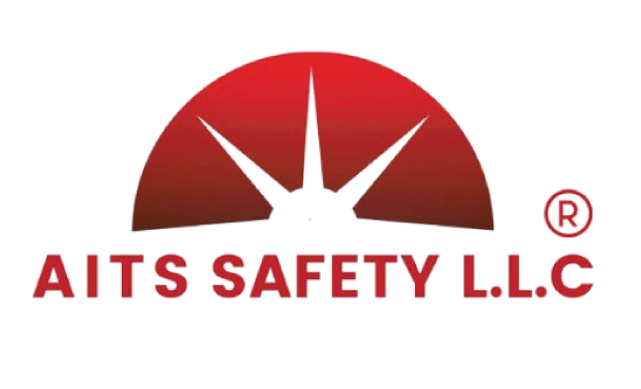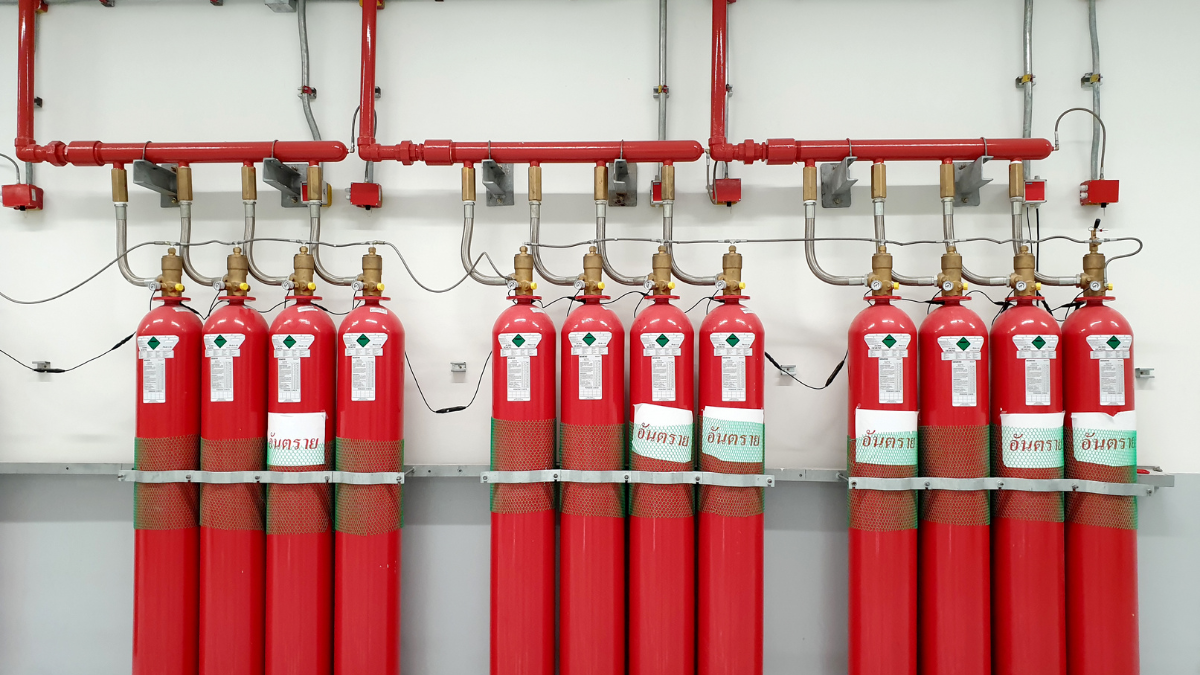Eco-Friendly Fire Suppression Systems: Sustainable Solutions for 2025
For both businesses and homeowners, fire safety is crucial. Although conventional fire control techniques have been effective, they frequently use chemicals that may be hazardous to the environment. By 2025, there will be a noticeable change toward environmentally friendly fire suppression technologies that put sustainability and safety first. With an emphasis on how these advancements are influencing the direction of fire safety, this blog examines the top environmentally friendly options, such as CO2 fire suppression systems and building fire suppression systems. We’ll also discuss the many kinds of firefighting systems and their environmentally friendly substitutes.
Why Eco-Friendly Fire Suppression Matters
Agents used in traditional fire suppression systems often have the potential to destroy the ozone layer, cause global warming, or leave behind dangerous residues. There is a strong need for sustainable alternatives as people become more conscious of their environmental impact. Eco-friendly fire suppression systems use agents and technologies that reduce their environmental impact in order to address these issues. This is especially crucial in places like Dubai, where strong and long-lasting fire protection measures are required due to the area’s rapid development.
Advancements in Eco-Friendly Fire Suppression
- Water Mist Systems: compared to traditional sprinklers, these systems use a fine mist of water to put out fires while using less water. Water mist is perfect for safeguarding priceless items like electronics and artwork because it works against a variety of fire types and minimize water damage.
- Systems of Clean Agents: These fire suppressants are environmentally friendly, non-toxic, electrically non-conductive, and leave no residue behind when they are released. They are appropriate for populated spaces because they are safe for both humans and the environment. FM-200, NOVEC 1230, and inert gases like nitrogen and argon are examples of common clean agents. In modern building fire suppression systems, these are frequently chosen.
- Aerosol Systems: These systems put out fires by using tiny solid particles. The particles disrupt the chemical interactions that feed the fire after being released into the impacted region while suspended in a gas. Aerosol systems are small, simple to set up, and low maintenance.
- Foam Systems: Fires involving flammable liquids can be effectively put out with foam systems. They stop the fire from expanding by building a wall between the oxygen and the fuel. There are now environmentally friendly foam ingredients that are removable and have little effect on the environment.
- CO2 Fire Suppression Systems: Although high concentrations of CO2 can be suffocating, CO2 fire suppression systems work well in some situations, especially when quick suppression is essential and no people are typically around (server rooms, industrial settings, etc.). Safety features are built into modern technologies to reduce dangers. Since CO2 is a naturally occurring gas, they are regarded as environmentally benign.
Benefits of Eco-Friendly Fire Suppression
Eco-friendly fire suppression systems have several important advantages. By reducing the usage of dangerous chemicals, preserving the ozone layer, and lowering the possibility of global warming, they lessen their impact on the environment. Because many eco-friendly agents are non-toxic and acceptable to use in populated environments, these systems also increase safety by protecting people’s health in the event of a fire. They also lessen property damage—clean agents leave no trace, protecting assets, while water mist systems lessen water damage. These systems can save money over time since they require less upkeep and damage, even if the original spending may be greater.
The Future of Eco-Friendly Fire Suppression
Green fire safety is without a doubt the way of the future. Even more creative and long-lasting solutions are being produced by ongoing research and development. We anticipate developments in
- AI-powered fire detection and suppression: By integrating machine learning with fire suppression systems, damage and environmental effects can be reduced and quicker, more focused responses can be made.
- Nanotechnology: The potential of nanomaterials to improve the efficiency of fire suppression chemicals and produce more environmentally friendly materials for fire-resistant buildings is being investigated.
- Biomimicry: Exploring how fires are controlled and prevented in nature may encourage innovative fire safety strategies that result in more effective and sustainable solutions.
Conclusion
Eco-friendly fire suppression technologies are revolutionizing the way we safeguard our homes, businesses, and the environment. We can make everyone’s future safer and healthier through implementing these environmentally friendly alternatives. We may anticipate the development of even more creative and efficient environmentally friendly fire suppression technologies in the years to come as technology develops further. Making the best decisions for your unique needs requires keeping up with the most recent developments in fire safety technologies. Those who live in Dubai can get professional advice on the best and most environmentally friendly solutions for their home by speaking with a respectable fire and safety company in Dubai.





